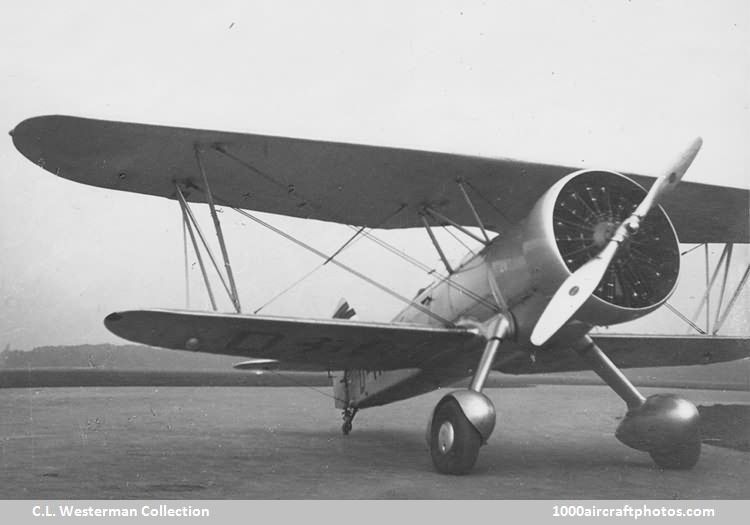04/30/2014. Remarks by Johan Visschedijk: "The Hawk II, sometimes called Goshawk, was essentially an export version of the XF11C-2 with a Wright R-1820F-3 Cyclone rated at 710 hp at 5,500 ft (1,676 m) and 94 gal (356 l) of fuel, the Hawk I differing in having only 50 gal (189 l) of internal fuel. Only the Hawk II was exported in quantity, this having a mixed construction similar to that of the F11C-2 and normally carrying an armament of twin 0.30 in (7.62 mm) machine guns.
The first customer for the Hawk II was Turkey, which began to take delivery of nineteen on August 30, 1932, Colombia following suit from the end of October 1932 with an initial batch of four twin-float-equipped Hawk IIs. A total of 26 float fighters of this type was delivered to Colombia by the end of July 1934. Nine were supplied to Bolivia, of which three had interchangeable wheel/float landing gears; four were delivered to Chile, 52 to China, four to Cuba, two to Germany, one to Norway and twelve to Siam (presently Thailand).
General Ernst Udet, second-highest scoring German ace of WW I, saw a dive-bombing techniques demonstration performed with the Hawk II at the Curtiss plant. Subsequently two aircraft were ordered for evaluation and demonstration purposes, because of the post-WW I Versailles Treaty restrictions, these two were bought as unarmed civil aircraft. They were delivered in October 1933 and were registered D-3164 (c/n H-80) and D-3165 (c/n H-81), later reregistered to D-IRIK and D-IRIS respectively. While flown by Udet, D-IRIS was lost on June 20, 1934, Udet parachuted to safety.
D-IRIK was also flown by Udet in a series of acrobatic performances during the opening ceremony of the 1936 Olympics at Berlin, Germany, the aircraft wore the Olympic markings on the front fuselage. After WW II, the aircraft was discovered hidden in Poland, still wearing the Olympic markings. For many years only the fuselage has been on display, recently the aircraft was completed and is shown at the Muzeum Lotnictwa Polskiego (Polish Aviation Museum) at Krakow, Poland."
